As we venture into the future, Marketing Automation Trends in 2025 are poised to redefine how businesses engage with their customers. This evolution will be marked by an increased reliance on technology, shifting consumer expectations, and a growing emphasis on personalization. Marketers must stay ahead of these trends to ensure they can effectively connect with their audiences while maximizing efficiency and effectiveness.
Dive into the complete resource on marketing automation tools to enhance your marketing efforts.
Predictive Marketing Automation: Shaping the Future of Customer Engagement in 2025
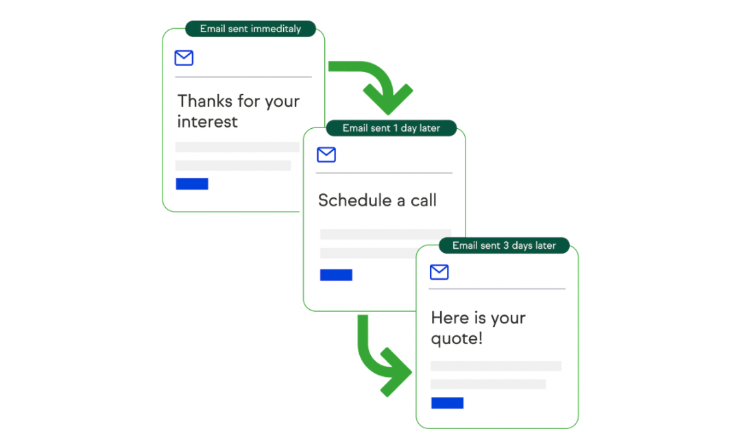
The landscape of marketing automation is undergoing a transformation as organizations adapt to changing consumer behaviors. At the forefront of this shift is predictive marketing automation, which utilizes advanced algorithms and data analytics to forecast customer needs and preferences. This innovative approach will enable marketers to proactively engage potential clients and retain existing customers, ensuring a seamless customer experience.
Understanding Predictive Analytics in Marketing
Predictive analytics involves analyzing historical data to predict future outcomes. By leveraging machine learning techniques and statistical algorithms, businesses can gain insights into customer behavior patterns and preferences. This understanding allows for targeted marketing efforts that resonate with specific audience segments.
In 2025, predictive analytics will become even more sophisticated, providing real-time insights that facilitate rapid decision-making. With access to comprehensive data sets, marketers can tailor their campaigns to meet customer expectations effectively. As a result, companies will see higher engagement rates and improved conversion metrics.
Get Now: The Faceless Marketing Masterclass – Build a Powerful Online Brand Without Ever Showing Your Face
Integrating Predictive Marketing Automation Tools
As the demand for personalized experiences increases, the integration of predictive marketing automation tools will play a vital role. These tools will allow marketers to automate complex tasks while utilizing data-driven insights to guide decision-making. For instance, automated systems can adjust campaigns in real time based on customer interactions or shifts in market conditions.
Such integrations will lead to streamlined operations and enhanced productivity. Marketers can focus on strategy and creativity rather than repetitive tasks, enabling them to innovate and develop compelling campaigns that capture attention and drive results.
The Role of Machine Learning in Predictive Marketing
Machine learning will be a driving force behind predictive marketing automation in 2025. By analyzing vast amounts of data from various sources, machine learning algorithms can identify patterns that may not be immediately apparent to human analysts. This capability allows marketers to better understand their target audience’s motivations and preferences.
Furthermore, machine learning models will continually evolve, becoming more accurate over time as they learn from new data. This adaptability will empower marketers to refine their strategies dynamically, enhancing the overall effectiveness of their campaigns.
Learn more: Find out how the best marketing automation tools stack up in our top 10 comparison.
AI-Powered Personalization: Transforming Marketing Automation Strategies
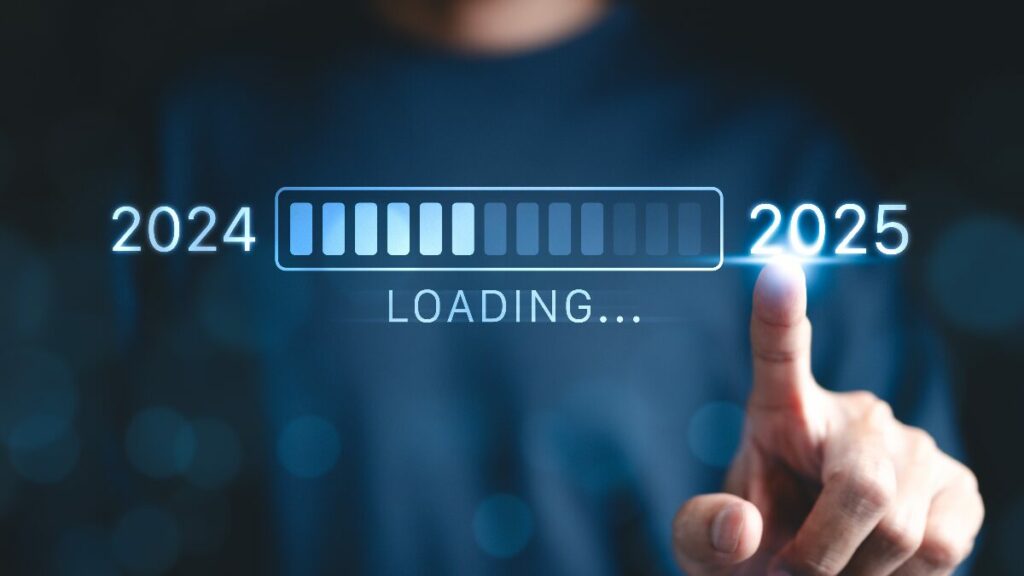
The push for personalized marketing experiences has never been stronger, and in 2025, AI-powered personalization will be at the heart of marketing automation strategies. By harnessing artificial intelligence, businesses will create tailored experiences that resonate deeply with customers, ultimately fostering brand loyalty and driving conversions.
The Essence of AI in Personalization
Artificial intelligence enables marketers to deliver highly relevant content tailored to individual preferences. By analyzing user behavior, purchase history, and demographic information, AI can segment audiences more accurately than ever before. This segmentation ensures that customers receive timely communications that speak directly to their needs.
In 2025, we can expect AI-driven algorithms to personalize entire customer journeys. From product recommendations to email marketing campaigns, every touchpoint will reflect a deep understanding of the customer. This heightened level of personalization will differentiate brands in a crowded marketplace.
Get Now: Unlock 300+ Proven Ways to Make Money With GPT – Your Shortcut to Financial Freedom!
Dynamic Content Creation through AI
Beyond simple personalization, AI will enable dynamic content creation that adapts based on user interactions. For instance, if a customer browses certain products on a website, AI algorithms can automatically alter ads and email content to feature those specific items, increasing the likelihood of conversion.
Moreover, AI will facilitate real-time adjustments to marketing materials depending on ongoing engagement levels. If certain content is performing exceptionally well, marketers can amplify its reach instantly, capitalizing on heightened interest.
Ethical Considerations in AI-Powered Personalization
While AI-powered personalization offers significant advantages, ethical considerations surrounding data privacy and consent will remain paramount. Brands must prioritize transparency and adhere to regulations governing data usage. In 2025, we can expect to see more robust frameworks for ethical data collection and utilization.
Marketers will need to strike a balance between personalizing experiences and respecting consumer privacy. This responsibility will enhance trust and foster long-term relationships with customers.
Learn more: Sales Funnels and Marketing Automation: The Perfect Match
The Convergence of Marketing and Home Automation: A New Frontier in Customer Experience
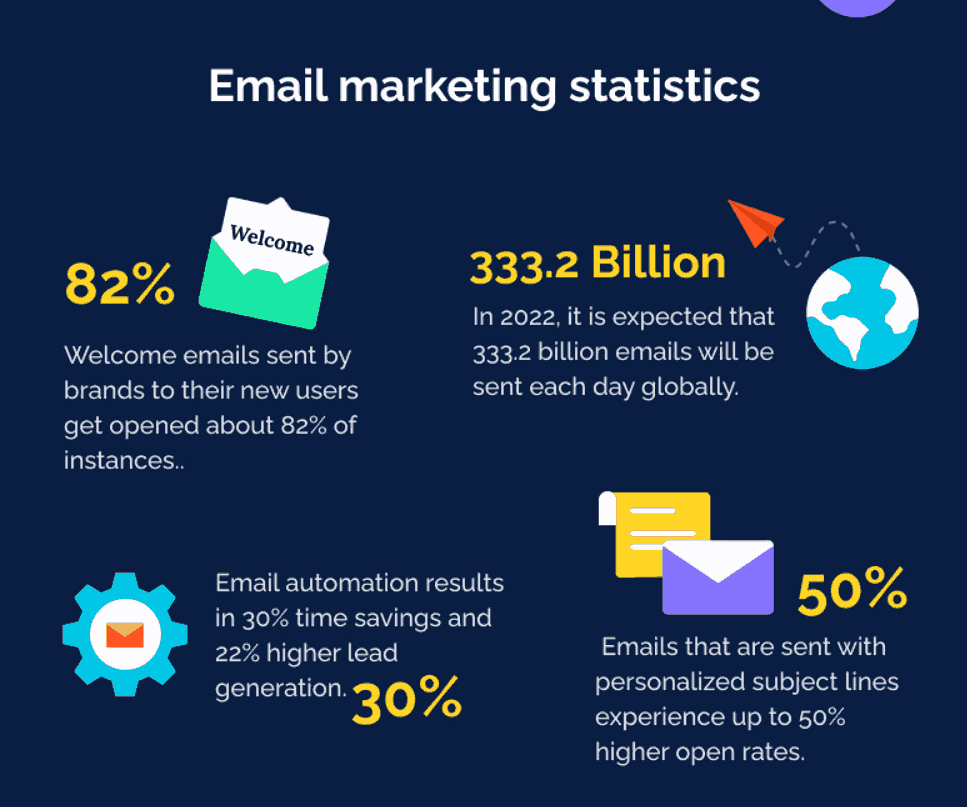
As the lines blur between marketing automation and home automation, a new frontier in customer experience emerges. The integration of smart home technologies with marketing strategies presents exciting opportunities for brands to engage consumers in innovative ways.
Smart Home Technology and Consumer Behavior
With the proliferation of smart home devices, consumers increasingly rely on technology to make daily decisions. These devices gather valuable data about user habits and preferences, offering marketers unique insights into consumer behavior. By tapping into this data, brands can tailor their messaging to align with customer lifestyles.
In 2025, we can expect to see brands leveraging smart home technology to deliver personalized experiences that enhance convenience and satisfaction. For example, integrating marketing messages with voice-activated assistants will create more interactive and engaging encounters.
Learn more: Email Marketing Automation: A Step-by-Step Guide
Creating Seamless Omnichannel Experiences
The convergence of marketing and home automation facilitates seamless omnichannel experiences. Consumers can interact with brands across multiple platforms—whether through mobile apps, websites, or smart devices—creating a holistic journey that enhances engagement and loyalty.
By utilizing data from home automation devices, marketers can anticipate needs and deliver timely messages. For instance, if a smart thermostat detects that a homeowner is returning from work, targeted promotions for energy-efficient products could be sent to their smartphone, encouraging purchases at the moment of peak relevance.
Enhancing Customer Experience with IoT Integration
Integration of Internet of Things (IoT) devices in marketing strategies will further enhance customer experiences. Brands can utilize IoT data to create tailored offerings and improve service delivery. For instance, if a smart appliance detects low supplies of a particular item, it could trigger a notification to the user, suggesting replenishment options from partnered retailers.
This proactive approach to customer engagement will elevate satisfaction levels, as consumers feel understood and catered to by brands. By providing valuable solutions at crucial moments, marketers can foster meaningful connections that drive brand loyalty.
Learn more: Benefits of Marketing Automation for Small Businesses
Marketing Automation Market Size and Growth Projections for 2025: A Comprehensive Analysis

The marketing automation market size is expanding rapidly, driven by technological advancements and changing consumer demands. Understanding growth projections for 2025 will help businesses strategize effectively and allocate resources wisely.
Current Landscape of the Marketing Automation Market
As of now, the marketing automation market is characterized by a diverse range of players offering various services, including email marketing, social media management, and customer relationship management (CRM). Companies are adopting automation to streamline their processes and enhance campaign performance.
The increasing importance of data-driven marketing strategies has fueled the growth of marketing automation solutions. Businesses recognize that optimizing customer engagement through automation leads to higher conversion rates and improved ROI.
Learn more: What is Marketing Automation? Boost Your Business Efficiency with Automated Strategies
Projected Growth and Key Drivers
By 2025, the marketing automation market is expected to experience substantial growth, propelled by several factors. One major driver is the continued adoption of AI and machine learning technologies, which enhance the capabilities of automation tools.
Additionally, the rise of multi-channel marketing strategies necessitates sophisticated automation solutions that can manage complex campaigns across various platforms. Businesses seeking to optimize their marketing efforts will invest heavily in technology that enables seamless integration and data utilization.
Challenges and Opportunities Ahead
Despite promising growth, businesses must navigate challenges such as data privacy regulations, competition among providers, and the need for skilled personnel. Companies must prioritize compliance and integrate robust security measures to protect customer information.
On the other hand, opportunities abound for organizations willing to innovate. Embracing emerging technologies, such as blockchain and augmented reality, can unlock new avenues for customer engagement and differentiation in a crowded market.
Learn more: How to Choose the Right Marketing Automation Tool
Beyond Chatbots: Emerging Trends in Conversational Marketing Automation

Conversational marketing is evolving beyond conventional chatbots, presenting new opportunities for brands to engage customers in authentic and meaningful dialogues. As we look towards 2025, the landscape of conversational marketing automation is set to transform significantly.
The Evolution of Conversational Interfaces
Conversational interfaces have come a long way since the introduction of basic chatbots. In 2025, we can expect to see more sophisticated conversational agents capable of understanding context and nuances in human communication.
Natural Language Processing (NLP) advancements will enable these interfaces to process and respond to inquiries more intelligently. Customers will benefit from smoother interactions, leading to enhanced satisfaction and loyalty.
Learn more: Case Studies: How Marketing Automation Transformed Businesses
Personalizing Conversations with Data Insights
Effective conversational marketing automation hinges on the ability to leverage data insights to tailor interactions. By integrating customer data into conversational platforms, brands can provide personalized responses that resonate with individual users.
For example, if a customer initiates a conversation about a specific product, the system can retrieve past interactions and purchase history to offer tailored recommendations. This level of personalization will create a seamless and engaging user experience.
Building Trust through Authentic Interactions
As conversational marketing evolves, authenticity will become increasingly crucial. In 2025, brands will need to prioritize building trust through genuine interactions. This means going beyond scripted responses and allowing customers to communicate with real individuals when necessary.
Offering customers the option to escalate conversations to human representatives will enhance credibility and convey a commitment to exceptional service. Building this trust will contribute to long-lasting relationships with consumers.
Learn more: Challenges of Marketing Automation and How to Overcome Them
Data Analytics and the Evolution of Marketing Automation: Insights for Success in 2025
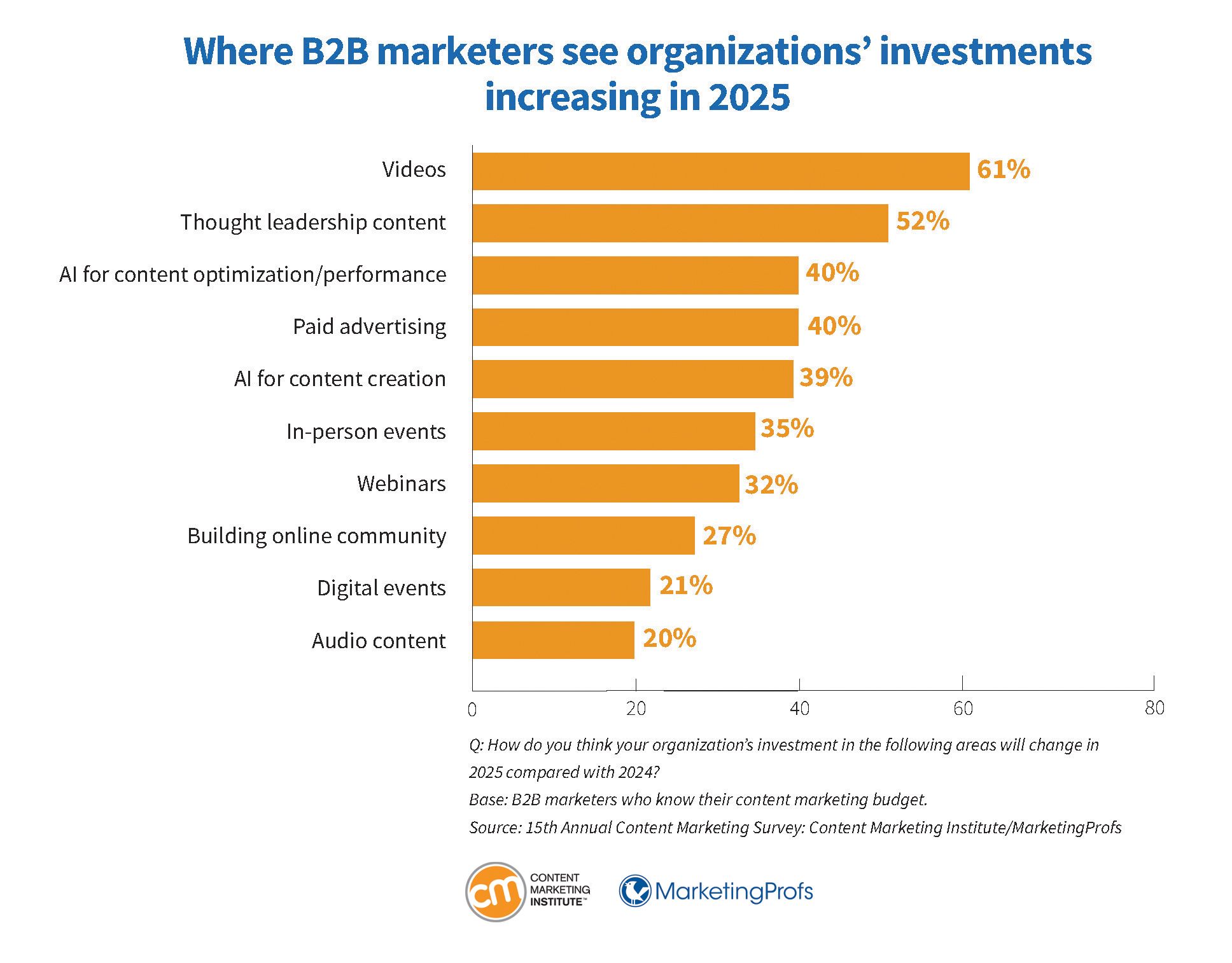
Data analytics will continue to play a pivotal role in shaping marketing automation strategies as we progress toward 2025. By harnessing data-driven insights, marketers can refine their approaches and maximize campaign impact.
The Importance of Data-Driven Decision Making
Data-driven decision making is no longer just a trend; it has become a necessity for successful marketing automation. As the volume of data generated continues to grow, marketers must leverage advanced analytics to interpret and act upon this information effectively.
In 2025, businesses that prioritize data analysis will achieve a competitive edge. By understanding key performance indicators and customer behavior, marketers can make informed decisions that drive successful campaigns.
Utilizing Predictive Analytics for Targeted Campaigns
Predictive analytics will enable marketers to anticipate customer needs and optimize their outreach strategies accordingly. Through historical data analysis, organizations can identify trends and behaviors that inform targeting efforts.
For instance, if predictive analytics indicates that a segment of customers is likely to respond positively to a specific promotion, marketers can craft targeted campaigns that resonate with those individuals. This precision will lead to improved engagement and conversion rates.
Real-Time Analytics for Agility and Adaptability
The ability to access and analyze data in real-time will be crucial for marketers in 2025. Real-time analytics will allow organizations to monitor campaign performance continuously and make immediate adjustments to optimize results.
This agility and adaptability will be instrumental in keeping pace with evolving consumer expectations. Marketers will need to pivot quickly to capitalize on emerging trends and respond to shifts in market dynamics.
Read more:
- Systeme.io Review: The Ultimate All-in-One Marketing Tool for Entrepreneurs
- GetResponse Review: In-Depth Analysis of Features, Pricing, and Performance
The Rise of No-Code/Low-Code Platforms: Democratizing Marketing Automation
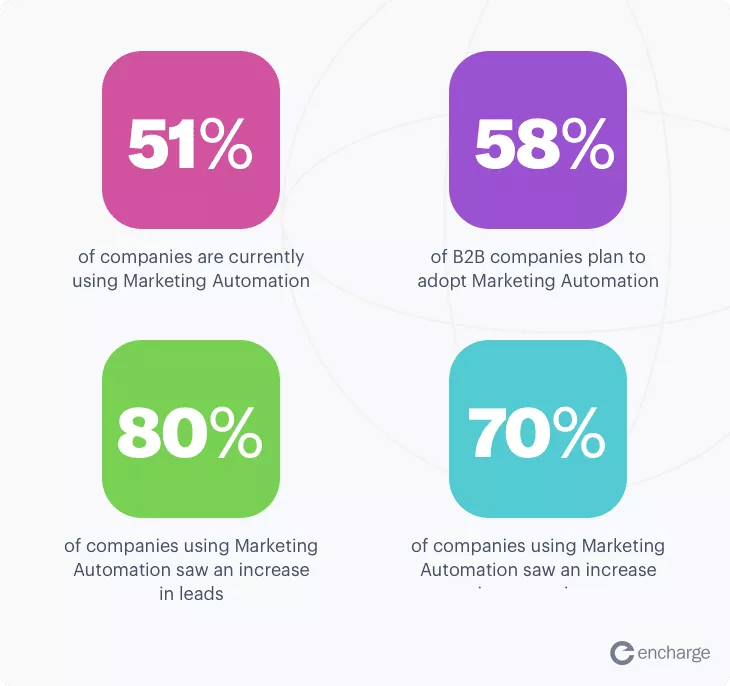
No-code and low-code platforms are revolutionizing the marketing automation landscape by enabling non-technical users to create and manage automation workflows without extensive programming knowledge. This democratization of technology will reshape how businesses approach marketing automation in 2025.
Empowering Marketers with User-Friendly Tools
No-code and low-code platforms provide user-friendly interfaces that empower marketers to design and implement automation workflows independently. This capability eliminates reliance on IT teams and accelerates the deployment of marketing initiatives.
In 2025, businesses that adopt these platforms will experience increased efficiency and agility. Marketers will be free to experiment and innovate without facing technical barriers, leading to more creative and effective campaigns.
Fostering Collaboration between Teams
The rise of no-code and low-code platforms encourages collaboration between marketing and IT teams. By simplifying the development process, these platforms enable marketers to work closely with technical experts to fine-tune automation strategies and ensure alignment with business goals.
This collaborative approach will lead to more cohesive marketing efforts, as teams can share insights and expertise seamlessly. Enhanced communication and teamwork will fuel innovation and drive success.
Expanding Access to Marketing Automation Solutions
As no-code and low-code platforms gain traction, smaller businesses and startups will have greater access to sophisticated marketing automation solutions. This democratization will level the playing field, allowing organizations of all sizes to compete effectively in the digital landscape.
In 2025, we can expect to see a surge in the adoption of these platforms, as businesses recognize the value of empowering their marketing teams with the tools needed for success.
Marketing Automation and Regulatory Compliance: Navigating the Evolving Landscape
As marketing automation grows in sophistication, regulatory compliance will remain a critical consideration for businesses. Navigating the evolving landscape of data protection laws will be paramount for marketers as we head into 2025.
Understanding the Impact of GDPR and CCPA
Jurisdictions worldwide are implementing stricter data privacy regulations, such as the General Data Protection Regulation (GDPR) in Europe and the California Consumer Privacy Act (CCPA) in the United States. Marketers must understand and comply with these regulations to avoid legal repercussions and build trust with consumers.
In 2025, businesses that prioritize compliance will demonstrate a commitment to safeguarding customer data. Transparent practices regarding data collection and usage will strengthen relationships with consumers who value privacy.
Implementing Best Practices for Data Management
To navigate the complexities of regulation, marketers should implement best practices for data management. This includes obtaining explicit consent from customers for data collection, maintaining accurate records of data usage, and conducting regular audits of data handling procedures.
By fostering a culture of accountability and transparency, businesses can position themselves as trustworthy stewards of customer information. This proactive stance will enhance brand reputation and reduce the risk of regulatory violations.
Investing in Compliance Technologies
Investing in compliance technologies will be essential for marketers aiming to streamline their processes and adhere to evolving regulations. These solutions can automate aspects of compliance management, such as tracking data usage and generating reports for auditors.
In 2025, organizations that embrace compliance technologies will gain a competitive advantage. By minimizing the burden of regulatory adherence, marketers can focus on creating impactful campaigns without compromising on legal responsibilities.
Integrating Marketing Automation with Other Tech Stacks: Building a Unified Customer Journey
Integration across tech stacks will be pivotal for companies looking to create unified customer journeys in 2025. By aligning marketing automation with other technologies—such as CRM systems, eCommerce platforms, and analytics tools—businesses can deliver cohesive experiences that drive engagement and loyalty.
The Importance of a Unified Customer Profile
A unified customer profile is essential for personalization and effective marketing automation. By integrating data from various touchpoints, businesses can gain a holistic view of each customer’s preferences, behavior, and interactions.
In 2025, organizations that prioritize creating a centralized customer profile will be better equipped to deliver tailored experiences. This approach ensures that marketing messages are relevant and resonate with individual customers at every stage of their journey.
Streamlining Workflows Across Platforms
Integrating marketing automation with other tech stacks streamlines workflows and enhances operational efficiency. Marketers can automate data transfers, synchronize contacts, and manage campaigns across platforms without manual intervention.
This seamless integration reduces the risk of errors and ensures consistent communication with customers. As a result, businesses can focus on strategic initiatives and drive growth while maintaining high-quality customer experiences.
Preparing for the Future of Marketing Automation Integration
As technology continues to advance, the landscape of marketing automation will evolve further. In 2025, businesses must prepare for the future by investing in flexible integration solutions that can evolve alongside their needs.
Emerging technologies, such as APIs and microservices, will facilitate smoother connections between systems. Organizations that embrace these innovations will be well-positioned to adapt to changing market conditions and consumer expectations.
Measuring the ROI of Marketing Automation: Key Metrics and Strategies for 2025
Measuring the return on investment (ROI) of marketing automation will be critical for businesses seeking to validate their efforts and allocate resources effectively. In 2025, marketers must adopt key metrics and strategies to track the impact of their automation initiatives.
Establishing Clear Objectives and KPIs
To measure ROI accurately, marketers must establish clear objectives and key performance indicators (KPIs) before launching campaigns. By defining what success looks like—be it increased sales, higher engagement rates, or improved customer retention—businesses can evaluate their performance against established benchmarks.
In 2025, organizations that take a strategic approach to defining objectives will have a clearer understanding of the effectiveness of their marketing automation efforts. This foresight will enable them to adjust strategies as needed to optimize outcomes.
Leveraging Advanced Analytics for Insights
Advanced analytics will provide marketers with deeper insights into their campaigns’ performance. By analyzing data from various sources, businesses can identify trends and correlations that inform decision-making.
For example, by examining customer interactions across channels, marketers can pinpoint which touchpoints yield the highest conversion rates. This information will guide future campaign strategies and resource allocation.
Continuous Optimization and Testing
In 2025, the emphasis on continuous optimization and testing will be essential for measuring marketing automation ROI. By implementing A/B testing and experimenting with different strategies, marketers can uncover what resonates most with their audience.
This iterative approach will lead to ongoing improvements in campaign performance. Organizations that commit to learning from data and refining their tactics will see increased returns on their marketing automation investments.
Conclusion
The Marketing Automation Trends in 2025 signal a transformative era for brands seeking to engage customers effectively. From predictive analytics and AI-driven personalization to the convergence of marketing and home automation, businesses must adapt to leverage these advancements fully.
By embracing no-code platforms, prioritizing compliance, and integrating tech stacks, organizations can create unified customer journeys that enhance satisfaction and loyalty. Moreover, measuring the ROI of marketing automation will be paramount for demonstrating value and driving growth.
As we move forward, staying attuned to the latest developments in marketing automation will be essential for staying competitive in a rapidly evolving digital landscape. Embracing these trends will empower businesses to forge meaningful connections with their customers and thrive in the years to come.


Leave a Reply